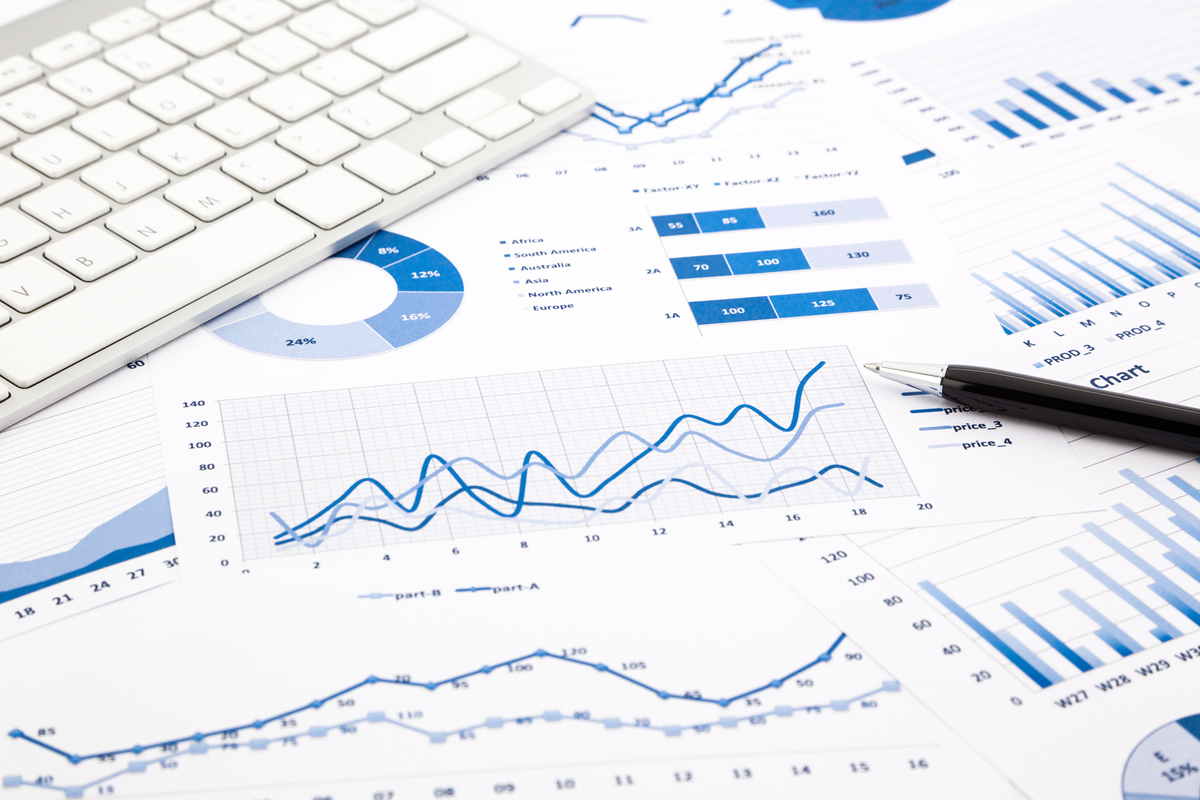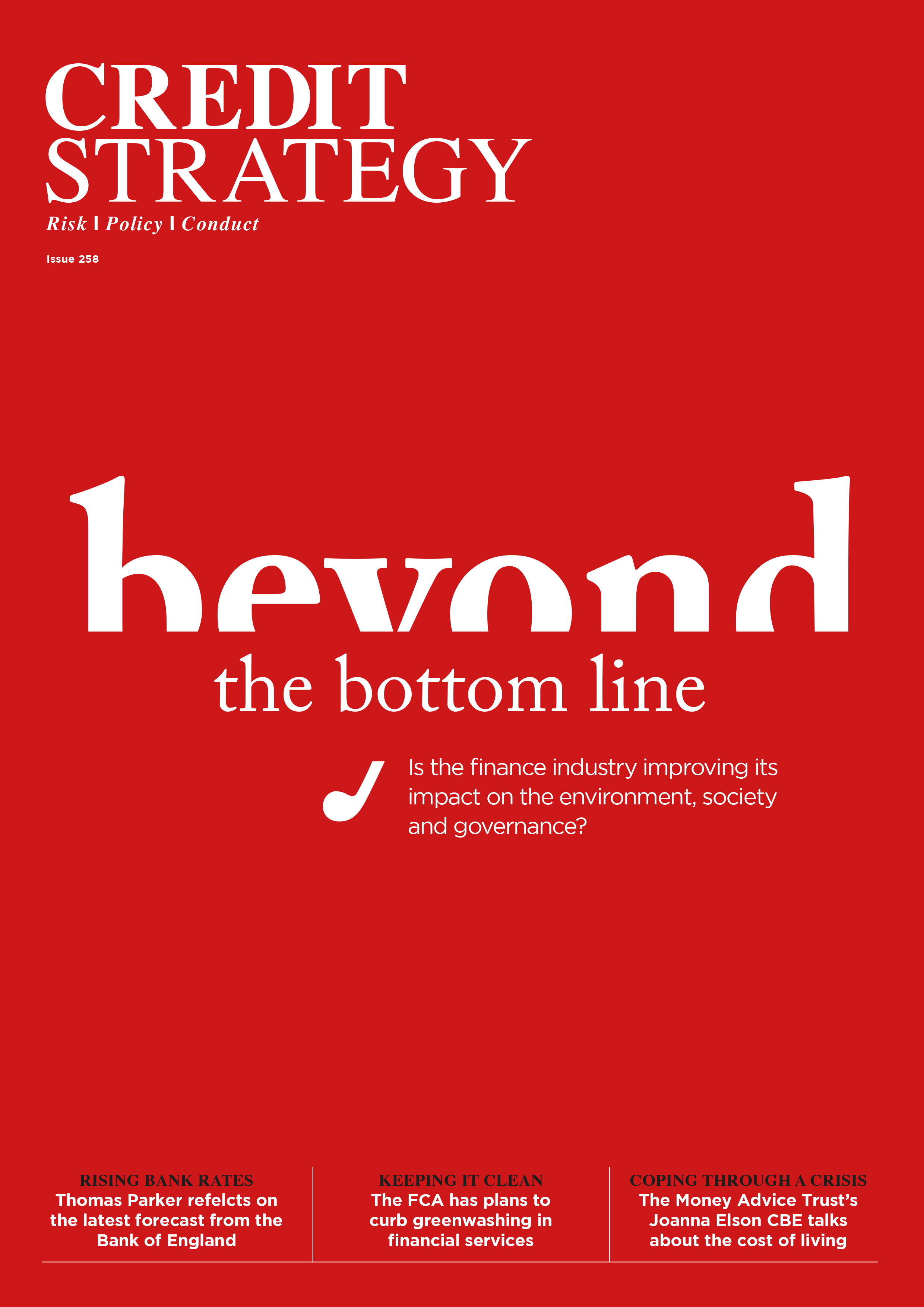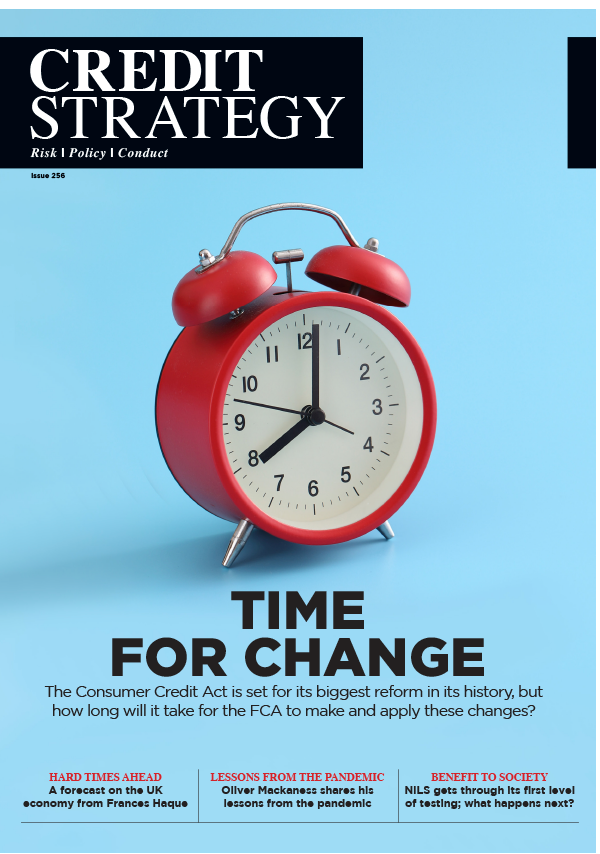Dear visitor,
You're reading 1 of your 3 free news articles this quarter
Register with us for free to get unlimited news, dedicated newsletters, and access to 5 exclusive Premium articles designed to help you stay in the know.
Join the UK's leading credit and lending community in less than 60 seconds.
OBR: Living standards to drop by seven percent
CPI inflation is set to peak at a 40-year high of 11% in the current quarter, according to estimates from the Office of Budget Responsibility (OBR).

Senior Journalist, covering the Credit Strategy and Turnaround, Restructuring & Insolvency News brands.
The government forecaster also said that rising prices will erode real wages, resulting in a seven percent reduction in living standards in total over the two financial years up to 2023-24 – wiping out the previous eight years’ worth of growth.
These forecasts come as both the chancellor and the OBR confirmed the UK was in a recession. This has been driven by a squeeze on real incomes, a rise in interest rates and a fall in house prices – all weighing on consumption and investment.
This recession is set to last just over a year, going from the third quarter of 2022 – with a peak-to-trough fall in GDP of two percent. GDP will not return to its pre-pandemic level until the end of 2024.
Going into 2023, inflation is set to drop sharply over the course of the year being dragged below zero in the middle of the decade – driven by falling energy and food prices, before returning to its two percent target in 2027. This recovery will result in an increase in real income, consumption and investment – which will, in turn, see GDP return to growth in 2024.
Looking at the bank rate – which has recently hit three percent – markets expect this to reach a peak of five percent in the second half of next year, while house prices are forecast to fall by nine percent in the next two years and remain below their current level over the next five years.
Additionally, the OBR has forecast that underlying public sector net debt is going to rise to a peak of 98% of GDP in 2025-26 before falling slightly to 97% of GDP in 2027-28 – making medium-term debt 18% of GDP – costing just over £400bn.
Debt interest costs, meanwhile, are set to peak this year at close to a post-war high of 12% of public sector revenues and five percent of GDP.
Stay up-to-date with the latest articles from the Credit Strategy team
Get the latest industry news






